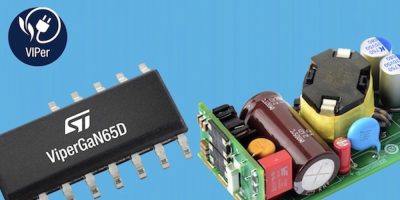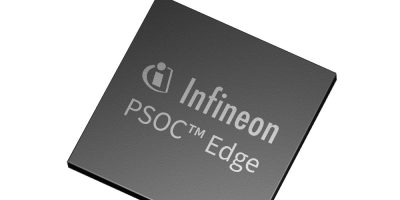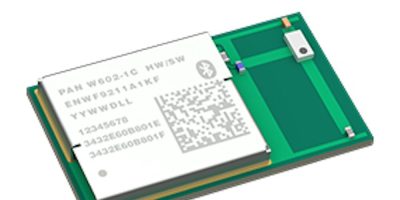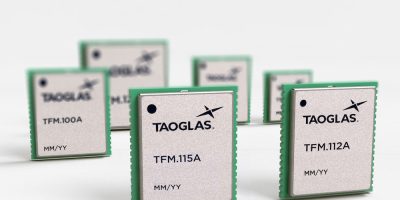ST’ VIPerGaN65D flyback converter, with its SOIC16 outline, permits extremely small and economical power supplies, adapters, and USB-PD (Power Delivery) fast chargers up to 65W with universal input voltage.
The quasi-resonant offline converter integrates a 700V gallium nitride (GaN) transistor and optimised gate driver with typical protection features, making wide-bandgap technology easily accessible to elevate power density and efficiency. The GaN transistor operates at up to 240kHz, with minimal switching losses, permitting a small flyback transformer, small passive components, and a compact, low-cost circuit board.
While other members of the VIPerGaN family are packaged in 5mm x 6mm DFN, the VIPerGaN65D is packaged into a more traditional SO16n (narrow) outline.
The converter operates with zero-voltage switching and can adjust the valley-synchronisation delay to ensure the GaN transistor always turns on at the valley of the drain resonance. Also featuring dynamic blanking time to help maintain efficiency with increasing input voltage, the converter adapts to maximize overall efficiency at any line and load condition. In addition, feedforward compensation minimises the input peak power variation over the input voltage range.
The VIPerGaN65D current limit of 3.5A lets the converter deliver up to 65W when designed for the universal input voltage range from 85V to 265V. Designing for 185V-265V input allows a maximum power rating of 85W. The standby power is below 30mW, meeting requirements of the latest international energy efficiency standards.
The VIPerGaN65D enables tiny, low-cost fast chargers and adapters, and can power washing machines, dishwashers, coffee makers, televisions, set-top boxes, digital cameras, portable audio players, cordless shavers, and more. It is also used in auxiliary supplies for desktop PCs and servers, building and home automation equipment, energy meters, domestic and architectural lighting, and air conditioners.
Contributing to the minimal bill of materials, the VIPerGaN65D integrates a SENSEFET (current-sensing power MOSFET) that provides accurate current sensing needed to optimise efficiency and activate system protection. Built-in features include overcurrent protection, output overvoltage protection, input-voltage feed-forward compensation, brown-in/brown-out protection, input-overvoltage protection, output overload protection, output short-circuit protection, and thermal shutdown. All the protection features have auto-restart and the converter also implements frequency jitter for EMI suppression.
The EVLVIPGAN65DF reference design helps accelerate power-supply projects based on the VIPerGaN65D. Combining the converter with secondary synchronous rectification, controlled by ST’s SRK1001 adaptive controller, the EVLVIPGAN65DF presents a fully protected 24V, 65W power supply with peak efficiency greater than 93%.







